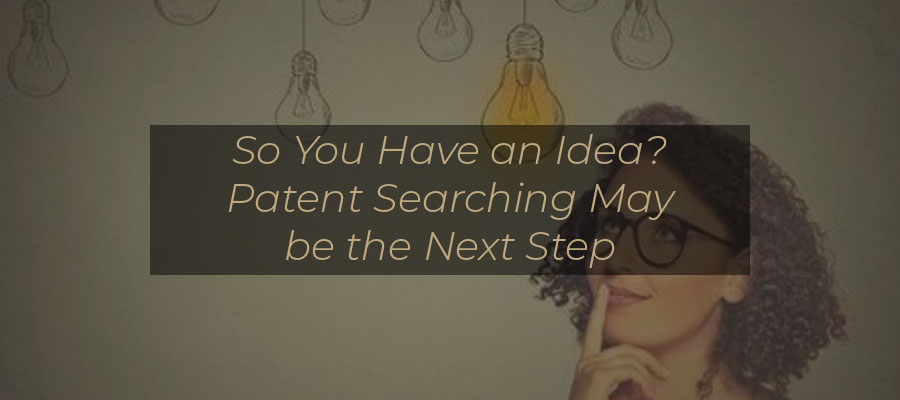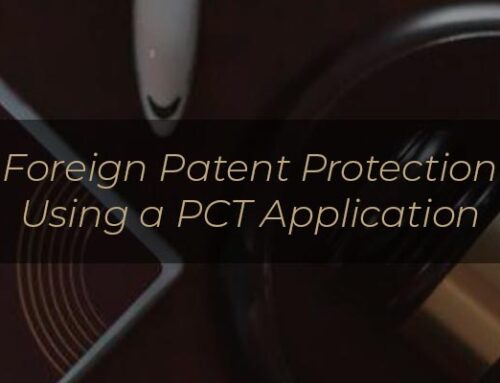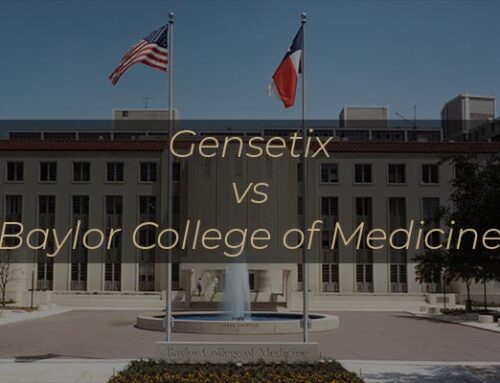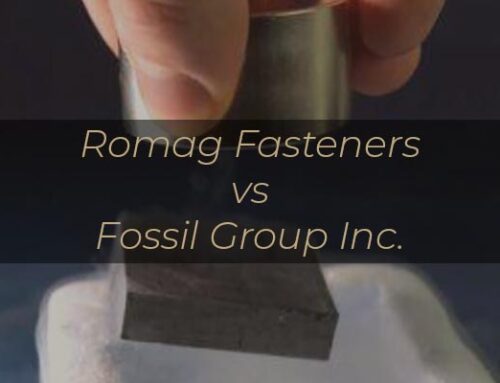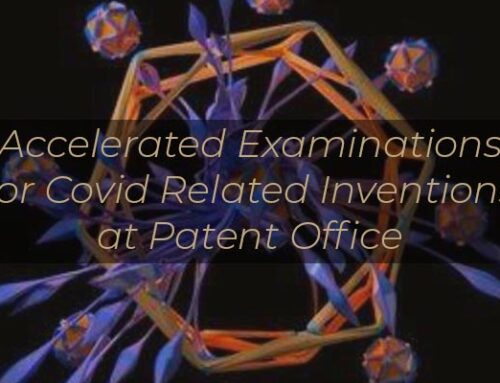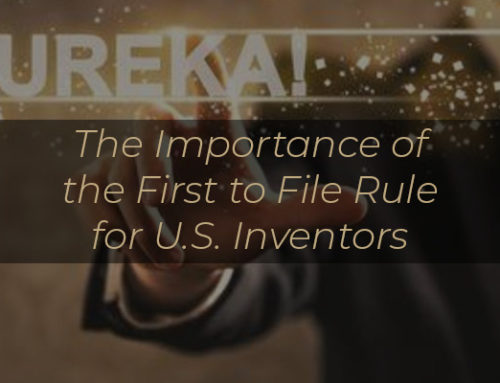So you have an idea, and you think you might want to protect that idea by getting a patent. However, you aren’t sure where to start. What follows is some general information to help you decide how to proceed. This information is not tailored to any specific invention and is not legal advice for any particular circumstance. The following information is meant to be helpful as you consult with a competent patent attorney.
Am I Ready for a Patent?
The Constitution provides Congress power “To promote the Progress of Science and useful Arts, by securing for limited Times to Authors and Inventors the exclusive Right to their respective Writings and Discoveries.” U.S. Constitution, Article I, Section 8. These rights granted to inventors are patents. The overriding policy of Congress to “promote the progress of Science and useful Arts” is to grant patents to inventors in exchange for the public disclosure of the invention.
Thus, a person is not entitled to a patent unless that person can adequately explain how his or her invention works. In the patent world, this is known as “reduction to practice.” An inventor has reduced to practice a protectable invention when the inventor can “convince a person of skill in the art that the inventor possessed the invention and [can] enable such a person to make and use the invention without undue experimentation.” LizardTech, Inc. v. Earth Resource Mapping, PTY, Inc., 424 F.3d 1336, 1345 (Fed.Cir.2005) (citing Union Oil Co. v. Atl. Richfield Co., 208 F.3d 989, 997 (Fed.Cir.2000); In re GPAC Inc., 57 F.3d 1573, 1579 (Fed.Cir.1995)).
Note that it is not required for the inventor to have actually produced examples or prototypes of the invention. What is required is that the inventor has sufficient details so that such examples or prototypes could be readily built by others who are skilled in that technology.
Where Do I Begin?
Once you have an idea that has been reduced to practice, you are ready to start the patenting process. Though before filing an application, there is the important option of patent searching to consider.
Patent Searching
Many inventors opt to conduct at least some patent searching prior to filing a patent application. Patent searching involves using publicly available patent databases to search and find whether your idea is already known in prior, publicly available documents. If it turns out that someone else already came up with your idea, a patent search could save you the time and expense of filing a patent application. In other scenarios, a patent search may reveal that only part of your idea is already known to the public. This would allow you to focus your patent application on the novel features of your invention, saving you time and expense later during the patenting process.
Provisional Applications
When you decide that you are ready to file your patent application, you will next need to consider what kind of application you will file. For utility applications, there is an option of filing a provisional application. This differs from the standard utility applications in two important ways. First, a provisional application has no specific requirements for formatting at the U.S. Patent and Trademark Office. This means that documents such as engineering drawings and specifications may be directly filed as part of the provisional patent application. This may allow the inventor to reduce costs during the initial filing phase of the application. However, there may be ramifications in foreign filing caused by an informal provisional application. Thus it is important to consult with your attorney about whether taking advantage of this feature of provisional applications is right for you.
Next, a provisional application has a low filing fee, but will not be examined or mature into a patent. The provisional application acts as a place holder establishing a filing date showing when you first had possession of the invention and rights to the invention. Filing the provisional application starts a one-year clock during which the standard utility application must filed to obtain the benefit of the provisional application’s filing date.
Some inventors use provisional applications to defer patent filing and preparation costs to allow them to gauge interest in the invention before filing the standard utility application.
Utility Patent Applications
Finally, when you decide you are ready to try and get that patent, you may file the standard utility patent application. This application requires specific parts and formatting and will be examined by a patent examiner at the U.S. Patent and Trademark Office. In order to have the best chance of obtaining as strong of a patent as possible, we recommend working with a competent patent attorney who can represent you in preparing and prosecuting the application.
Now that you have a general idea of how to proceed, please feel free to contact us if you would like to consult with us about your next big idea!

